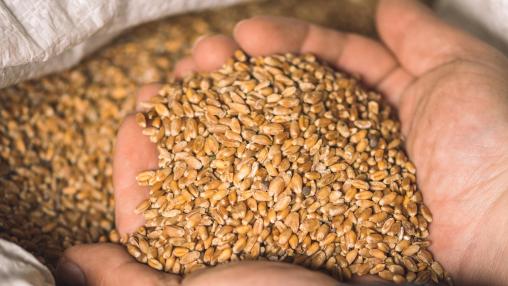
Food Prices Decline in January But Potential Shocks Remain
The FAO Food Price Index continued its decline in January, driven mainly by falling cereal and meat prices. The January 2024 Index was 10.4 percent below its January 2023 level.
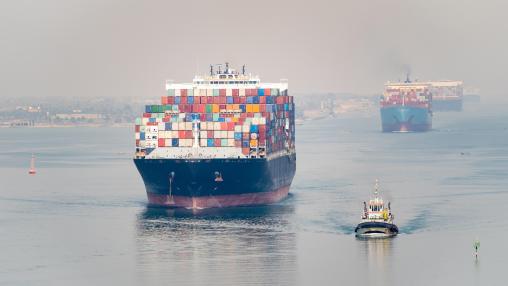
Impacts of Red Sea shipping disruptions on global food security
The recent attacks of Yemen-based Houthi rebels on ships in the Red Sea have paralyzed shipping through the Suez Canal, forcing exporters in the Black Sea region and elsewhere to consider alternative—and more costly—shipping routes. In early January, A.P. Moller-Maersk A/S, the world's second-largest container ship company, announced it would suspend shipments through the Red Sea. Trade volumes in the Suez Canal are down an estimated 40% since the attacks began.
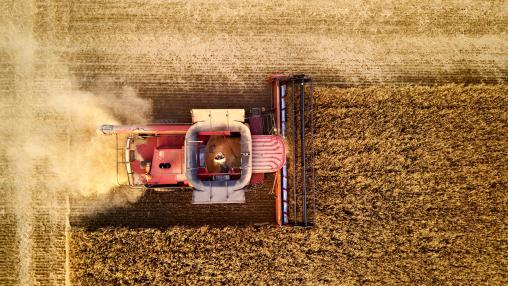
FAO Food Price Index Falls in 2023
In 2023, the FAO Food Price Index stood nearly 14 percent below its 2022 value, according to the report’s January edition. The December Index also declined month-on-month from November, falling 1.5 percent due to declining sugar, vegetable oil, and meat prices.
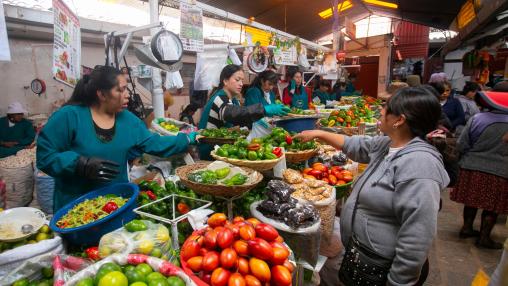
Report launch: The key role of trade in strengthening food security in Latin America and the Caribbean
Recent events such as the war in Ukraine and the El Niño weather cycle have demonstrated how shocks triggering changes in production and distribution of food in one country or region can reverberate around the world, eroding food security for millions if not billions. Efficient, agile, and diverse trade networks can help countries and suppliers to cope with these shocks and strengthen food security. These networks are especially relevant for Latin America and the Caribbean (LAC).
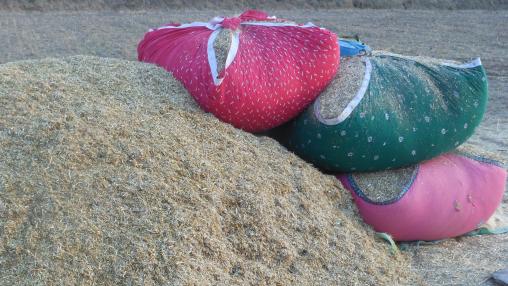
FAO Food Price Index, AMIS Market Monitor See Reduction in Price Volatility
The FAO Food Price Index remained stable in November, with increased vegetable oil, dairy, and sugar prices balanced by falling cereal and meat prices. The November 2023 Index was 10.7 percent below its 2022 level.
The Cereal Price Index decreased by 3 percent in November to reach nearly 20 percent below its November 2022 level. Maize prices fell most significantly in November due to increased sales in Argentina and higher seasonal supplies in the U.S. Wheat prices also fell, albeit less sharply, due to ongoing harvests in Russia. Rice prices remained stable in November.
Emerging Trends in the Global Soybean Complex
Global changes in soybean production and consumption are reshaping global markets. Global oilseed prices have fallen considerably since last year’s record highs. World soybean production is likely to hit a record high in 2023/24, with global ending stocks projected to rebuild for the second consecutive year. Global soybean trade continues to be driven by China, which accounts for about 60% of total soybean imports. China’s domestic consumption has grown at about 4% per year over the past 10 years.
From Farm to Table: Agrifood Systems and Trade Challenges in the Southern Cone
This presentation will be in Spanish. Simultaneous translation to English will be available.
Please type your questions into the chat box with name, affiliation, and country. The event video, presenter slides, and podcast will be available in the days following the event.
Food systems around the world face serious social, nutritional, and environmental challenges, and must evolve to meet new, multiple, and interrelated objectives. As public policies are reshaped to support this transformation, two fundamental factors must be considered:
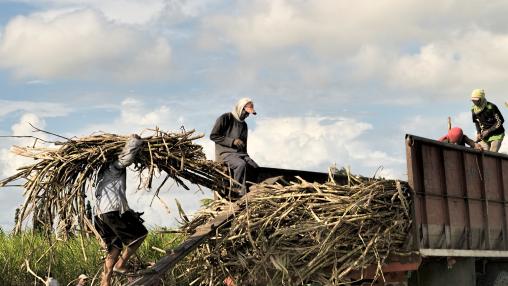
Déjà vu all over again: Global sugar markets roiled by El Niño, biofuels and trade policies
As with other commodity markets such as rice, the global sugar market has seen large increases in prices due to El Niño-related production shortfalls in major exporting countries in South and Southeast Asia. At the same time, other factors are also constricting supplies. Port bottlenecks have tied up exports in Brazil, the world's largest sugar exporter, despite a large increase in production over last year's levels. Domestic biofuel policies in key exporting countries are diverting sugar production to biofuel production and thus limiting exports.
Food Security and Agrifood Trade in Latin America and the Caribbean
This presentation will be in Spanish. Simultaneous translation to English will be available.
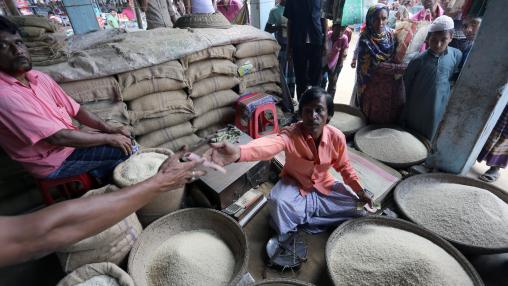
How India's Rice Export Bans Could Impact Regional Trade
The BIMSTEC - Bay of Bengal Initiative for Multi-Sectoral Technical and Economic Cooperation – country group consists of Bangladesh, Bhutan, India, Nepal, Sri Lanka, Myanmar, and Thailand. Together, these countries are home to more than 712 food-insecure people, and the prevalence of food insecurity has increased in the majority of the region since 2014. Given this food security situation, India’s recent export ban of non-basmati white rice and export duty on parboiled rice raise significant concerns for the region.